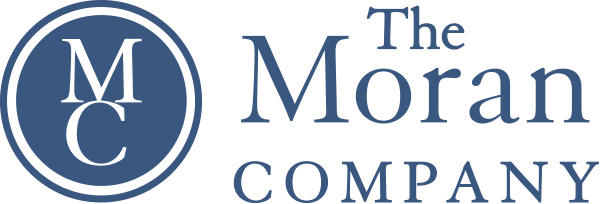Building Endowment – Naming Opportunities
by William J. Moran, J.D., M.S.Ed.
Because endowments are permanent funds, they are attractive vehicles to perpetuate the memory of, or honor, a loved one. If you know your donor’s relationships, you can easily ask them to consider a naming opportunity. For instance, a widow of a cancer victim could be approached about her interest in beginning a cancer research fund in memory of her husband. Or a patient who thinks very highly of her physician could consider a named fund in his honor. The solicitation flows naturally form the donor’s interests in perpetuating the name of a love one.
Think of your own family and circumstances. Then decide if any of the following naming possibilities would appeal to you.
- Family name
- Parents
- Children
- Spouse
- Brothers/Sisters
- Beloved physician or nurse
- Beloved staff member
- Beloved teacher
- Deceased family members
- Deceased friends
The better you know your donors, the easier it is to determine what naming opportunities might interest them.
Endowment Fund Purposes
The following are endowment fund possibilities with which to approach your donors. Review this list and then go over your major donor list to match up the fund possibilities with those who might have interest in beginning one. We suggest a minimum of $25,000 to begin a fund.
Named “Where Most Needed Fund”. This is an endowed fund named for a loved one, but not designated for any specific area. Its income is available for general use by the non-profit. From the charity’s view, these unrestricted funds are the best kind.
“One hundred years from now, no one will remember what house you lived in, what car you drove, maybe not even what you did for a living. What they will remember is the legacy you left for generations to come.”
Endowed Chair. This is a classic use for endowment. A fund is set up in perpetuity to support a high quality teacher or researcher. This support gives the holder of the chair the financial flexibility to research and write on his or her area of expertise.
Endowed Scholarship Fund. Again, this is a traditional use of endowment. These funds are used to support scholarships for students. Organizations other than educational institutions may set up these funds. For example, a library might establish a fund to provide employees with scholarships to encourage study toward advanced Library Science degrees at local universities.
Endowed Staff Development Fund. This fund is used to support continuing education efforts of staff members. The funds are used to send staff to conferences and other educational events. This can be very popular with donors because they often want to do something directly for the staff. For example, at a hospital, donors are grateful for good nursing care, so an endowed nursing education fund is an attractive option.
Endowed Award Fund. These funds are used to award outstanding staff. Fund income is used to reward exemplary employees with a cash award that they may use for any purpose related to their field. For instance, a hospice may establish an Endowed Social Worker Award fund. Every year, a cash award would be distributed to the outstanding social worker picked by his or her peers.
Endowed Maintenance Fund. These funds are used to help with maintenance and upkeep of buildings, exhibits, and equipment. For instance, a zoo might establish a fund to support the upkeep and maintenance of housing for the animals.
Endowed Indigent Care Fund. These funds are used to support payment for individuals who cannot afford your organization’s services. For instance, a medical clinic might have a fund to pay costs of medical treatment for children of the “working poor.”
Bill Moran, The Moran Company, specializes in nonprofit executive searches
for executive directors, fundraising staff and other top nonprofit leadership.
www.morancompany.com
© 2008 The Moran Company
“We find great nonprofit executives”
Posted in Fundraising Articles
Subscribe
Join more than 10,000 nonprofit professionals, community leaders and board members who receive e-mail updates from The Moran Company.






